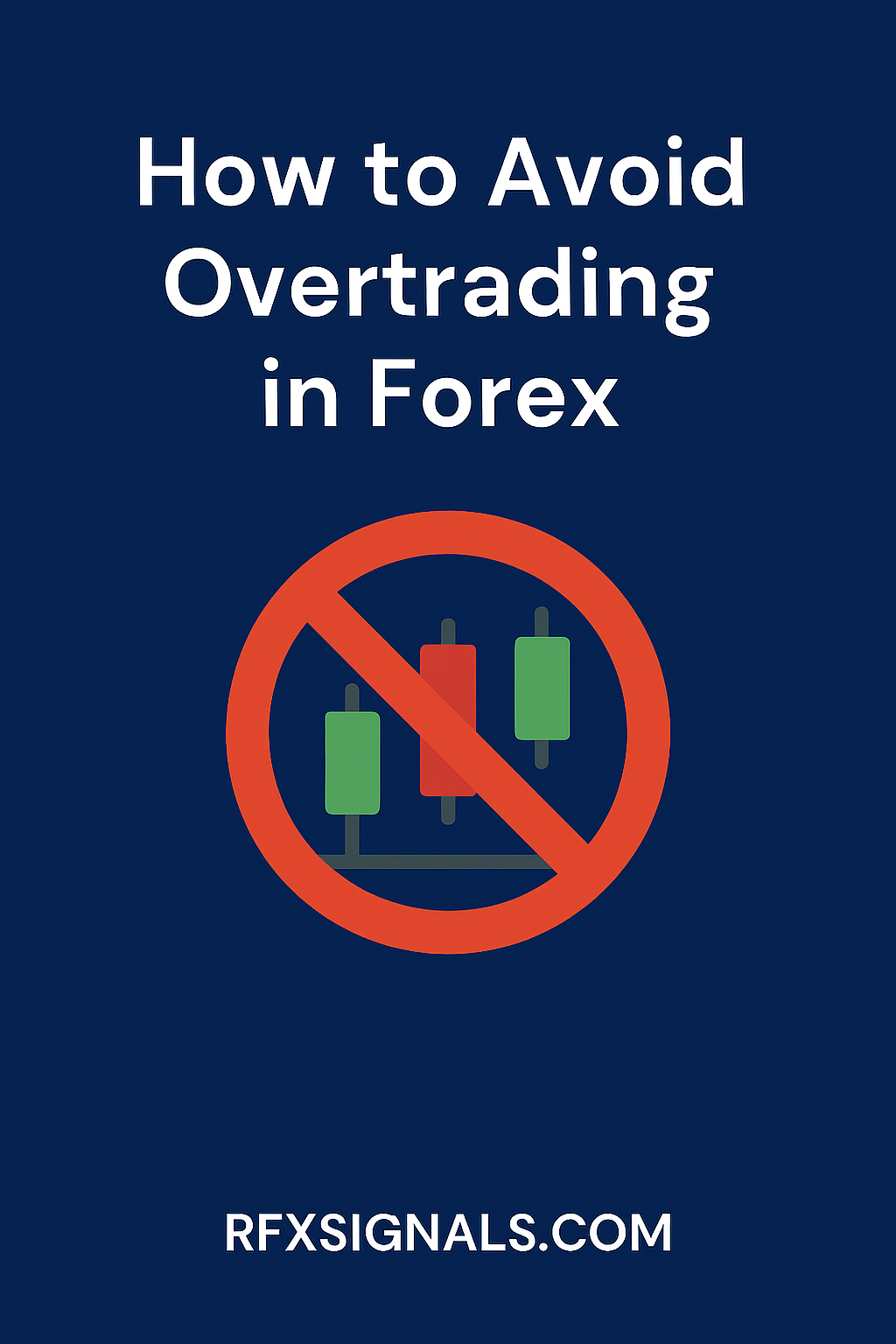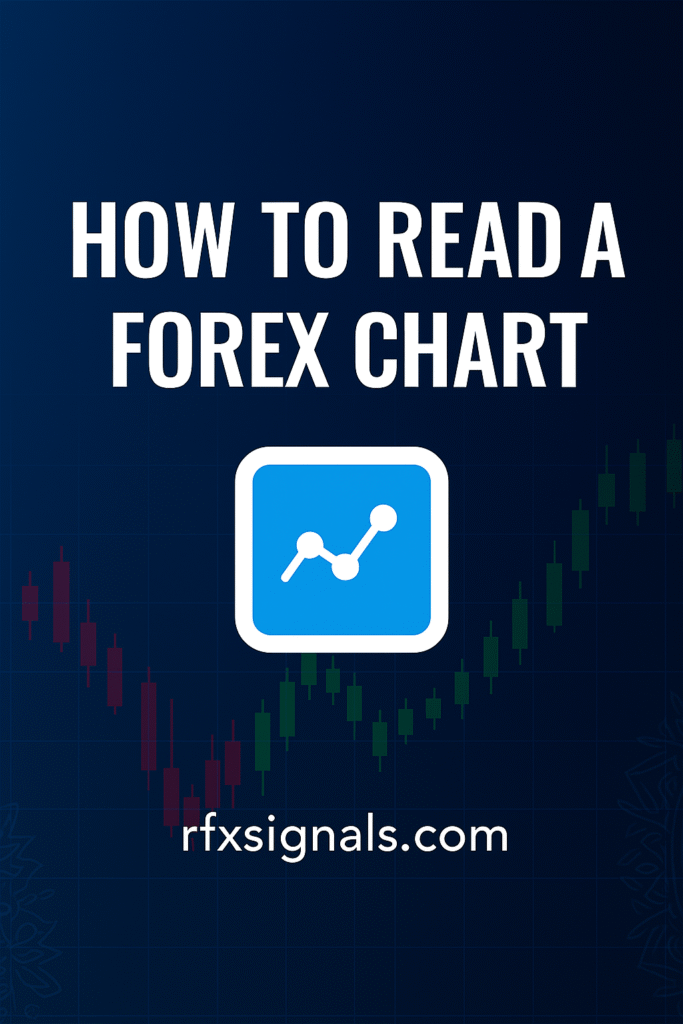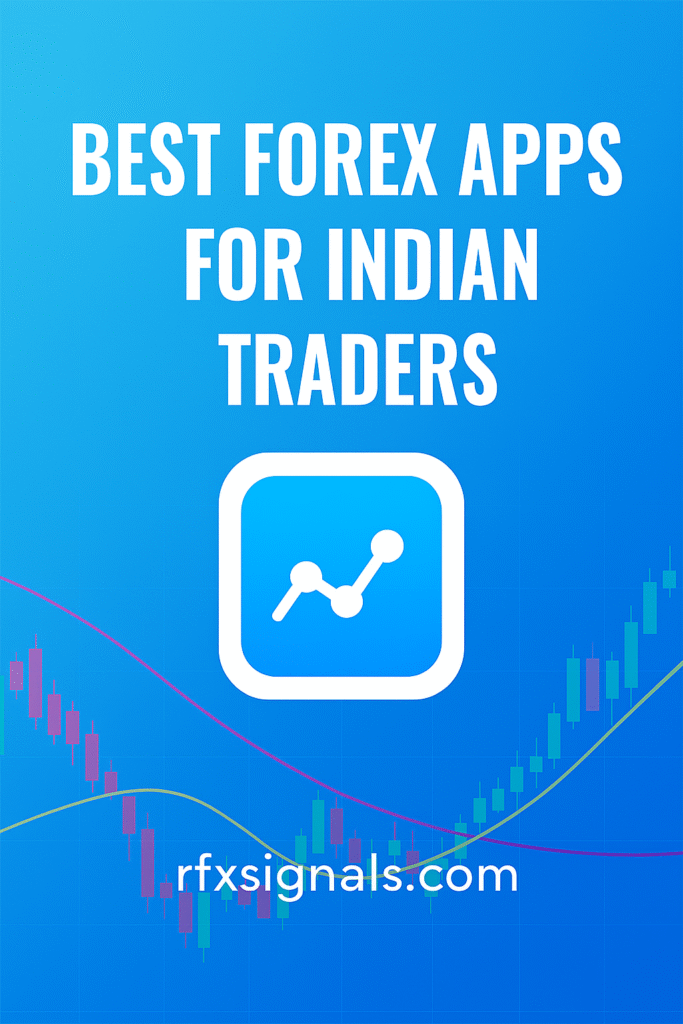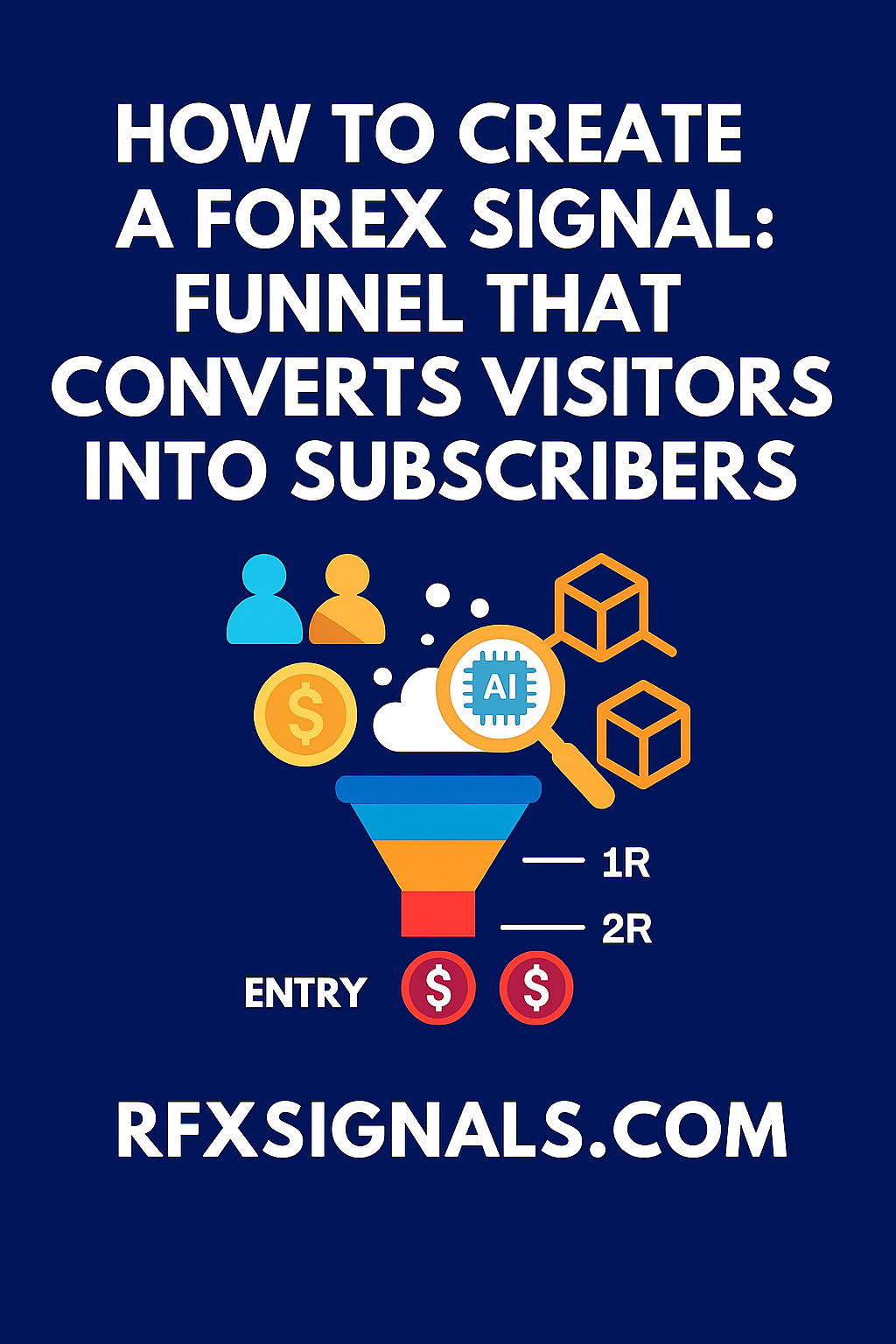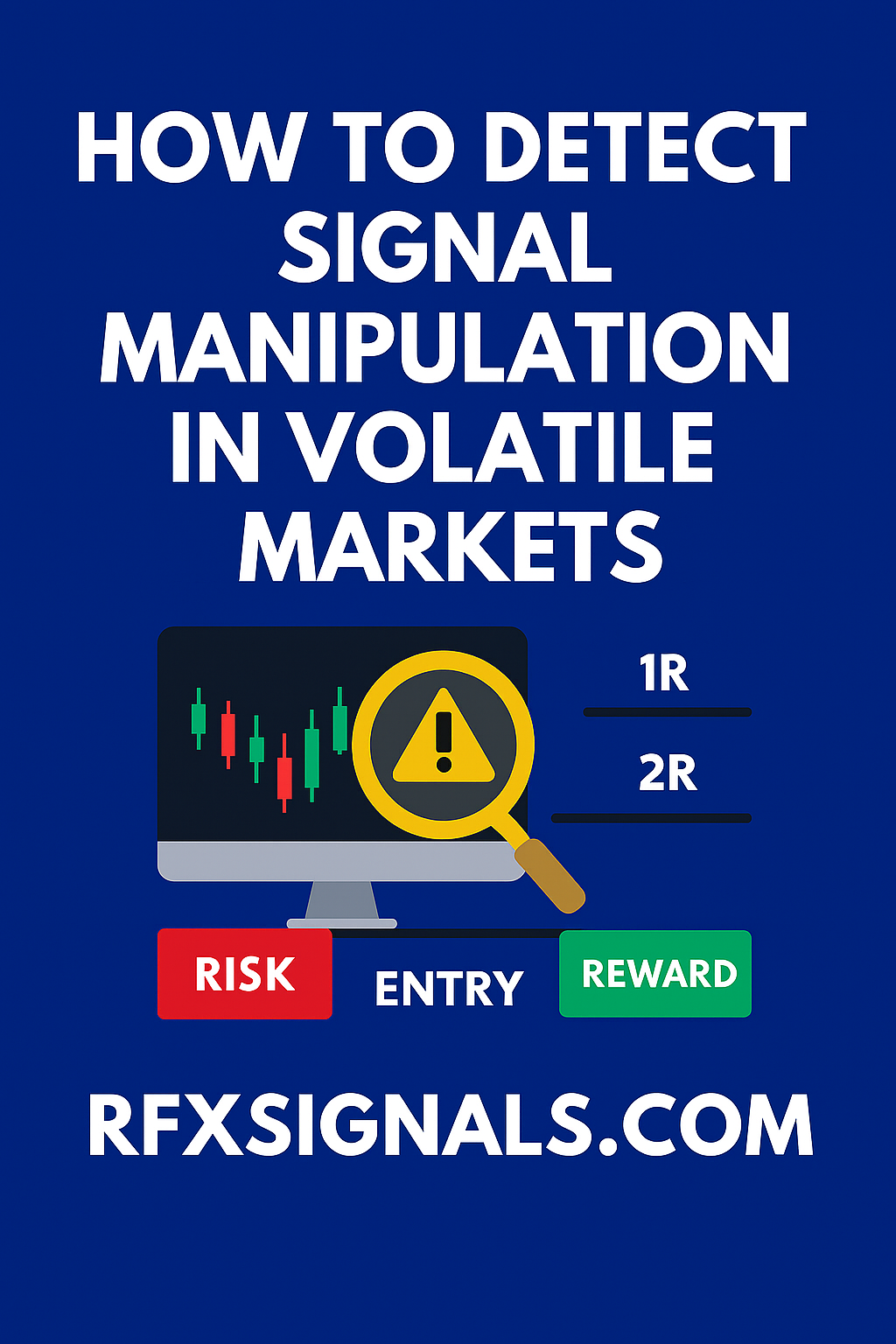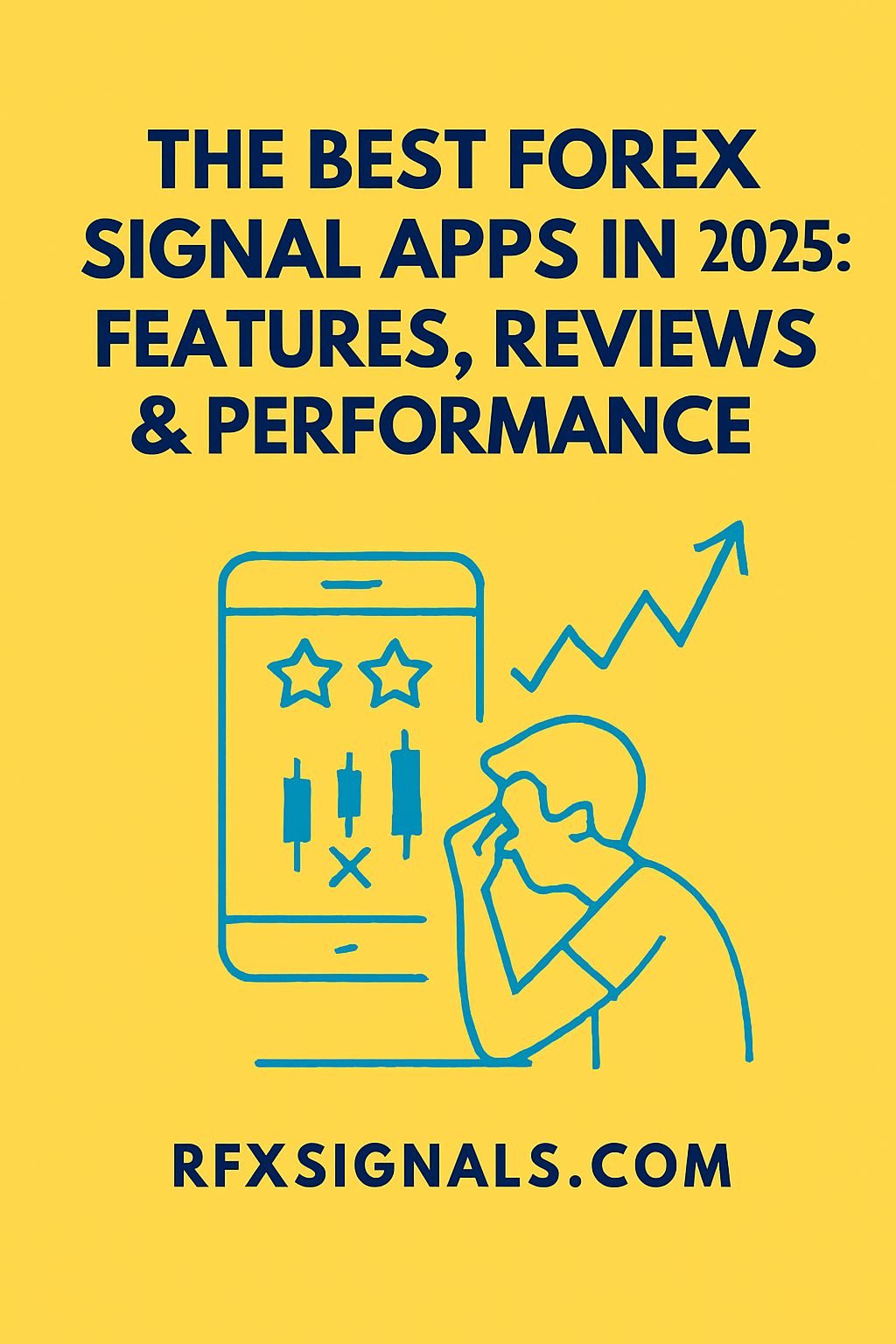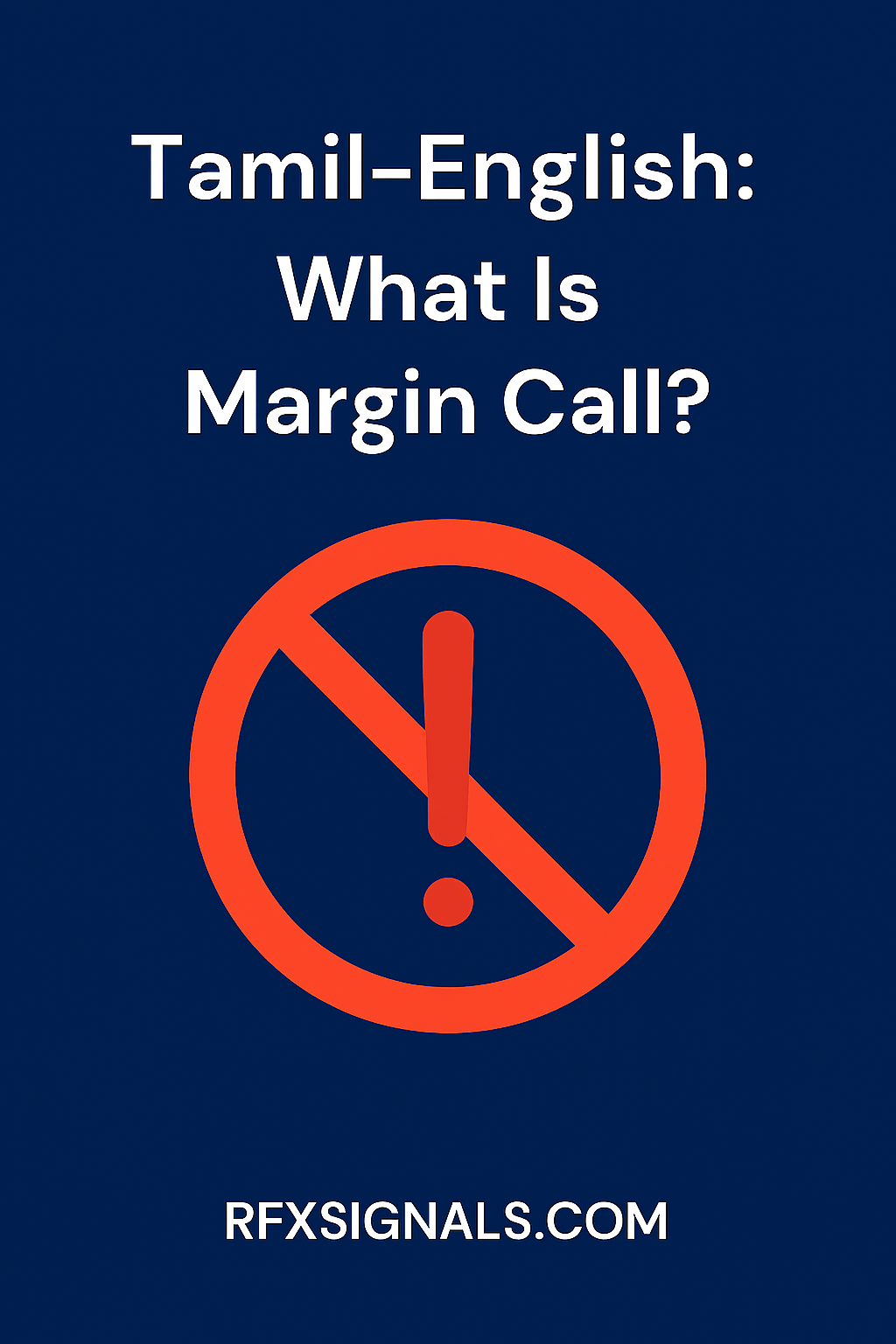
What Is Margin Call? — Tamil & English Explanation
In forex and CFD trading, a margin call is a warning from your broker that your account equity has fallen below the required maintenance margin. If not corrected, the broker may automatically close positions to prevent further losses.
(Forex மற்றும் CFD வர்த்தகத்தில், Margin Call என்பது உங்கள் ப்ரோக்கர் உங்கள் கணக்கின் ஈக்விட்டி தேவையான பராமரிப்பு மார்ஜினிற்குக் கீழ்நிலையாகவுள்ளதா எனக் கண்டுகொண்டு உங்களுக்கு தகவல் அளிக்கும் எச்சரிக்கை ஆகும். சரிசெய்யப்படாவிட்டால், மேலதிக இழப்புகளைத் தடுக்கும் நோக்கில் ப்ரோக்கர் positions-ஐ தானாக முடக்கலாம்.)
What is margin and leverage?
Margin is the money you need to put up to open a leveraged position. Leverage lets you control a larger position with a smaller amount of capital. For example, 1:100 leverage means £1,000 controls £100,000 of currency.
(Margin என்பது லெவரேஜ் கொண்ட ஒரு நிலையை திறக்க தேவையான பணமாகும். லெவரேஜ் உங்கள் குறைந்த பணத்துடன் பெரிய நிலையை கட்டுப்படுத்த உதவுகிறது. உதாரணமாக, 1:100 லெவரேஜ் என்றால் £1,000 மூலம் £100,000 அளவிலான நாணயத்தை கட்டுப்படுத்தலாம்.)
Maintenance margin vs initial margin
When you open a position, the broker requires an initial margin. The maintenance margin is the minimum equity you must keep to keep positions open. A margin call occurs when equity falls below the maintenance margin.
(நீங்கள் ஒரு நிலையை திறக்கும் போது, ப்ரோக்கர் ஆரம்ப_margin-ஐ அவசியம் கேட்கும். Maintenance margin என்பது நிலைகள் திறந்திருக்க கடைசியாகவே வைத்திருக்க வேண்டிய குறைந்தமதிப்பு. Equity maintenance margin-க்கு கீழாகும் போது margin call ஏற்படும்.)
How margin calls happen — a simple example
Imagine you have $1,000 in your account and open a position that requires $100 margin (with leverage). If your open positions move against you and losses reduce your equity to $80, and the maintenance margin is $100, the broker will issue a margin call or start closing positions.
(உங்களிடம் $1,000 இருப்பதாக நினைத்துக் கொள்ளுங்கள்; ஒரு நிலையைத் திறக்க $100 margin தேவைப்படுகிறதெனில் (லெவரேஜுடன்). உங்கள் நிலைகள் எதிர்மறையாக செல்லும்போது இழப்புகள் உங்கள் ஈக்விட்டியை $80 ஆகக் குறைத்து விட்டால், மற்றும் maintenance margin $100 என்றால், ப்ரோக்கர் margin call-ஐ அனுப்பலாம் அல்லது நிலைகளை மூடலாம்.)
Margin call vs stop out
A margin call is usually a warning. A stop out level is when the broker starts liquidating positions automatically — typically at a lower equity level than the margin call. Different brokers have different thresholds; check your broker's policy.
(Margin call என்பது பொதுவாக ஒரு எச்சரிக்கை. Stop out என்பது ப்ரோக்கர் தானாகவே நிலைகளை likvidate செய்யத் தொடங்கும் நிலை — இது பொதுவாக margin call-க்குப் கீழான ஒரு ஈக்விட்டி நிலை. ப்ரோக்கர்களுக்கு வெவ்வேறு விதமான தகுதிகள் உள்ளன; உங்கள் ப்ரோக்கரின் கொள்கையைப் பார்க்கவும்.)
Common causes of margin calls
- High leverage without proper risk control
- Lack of stop loss or too-tight stop loss that hits during volatility
- Holding large positions relative to account size
- Unexpected high-impact news or gaps
(Margin call-க்கு பொதுவான காரணங்கள்: அதிக லெவரேஜ், போதுமான ரிஸ்க் கட்டுப்பாடு இல்லாமை, stop loss இல்லாமை அல்லது மிக நெருங்கிய stop loss, கணக்கு அளவுக்கு அதிகமான நிலைகள், எதிர்பாராத உயர்மட்ட செய்திகள்.)
How to avoid margin calls — practical tips
1. Use conservative leverage: Lower leverage reduces the chance that small price moves wipe out equity.
1. பாதுகாப்பான லெவரேஜ் பயன்படுத்துங்கள்: குறைந்த லெவரேஜ் சிறிய விலையின் மாற்றங்களால் ஈக்விட்டி அழிக்கப்படுவதன் வாய்ப்பை குறைக்கிறது.
2. Always place stop losses: Stops limit downside and prevent a small loss turning into a stop out.
2. எப்போதும் stop loss வைக்கவும்: downside-ஐ கட்டுப்படுத்தும் மற்றும் சிறிய இழப்புகள் stop out-ஆக மாறாமல் காக்கும்.
3. Size positions appropriately: Use position-sizing rules like risking 0.5–2% of account per trade.
3. நிலை அளவீட்டை சரியாக பணியுங்கள்: ஒரு வர்த்தகத்திற்கான 0.5–2% என்ற போன்று விதிகளை பின்பற்றுங்கள்.
4. Monitor news and volatility: Avoid large positions before major news releases.
4. செய்திகள் மற்றும் வேகத்தை கவனியுங்கள்: பெரிய செய்திகளுக்கு முன்னர் பெரிய நிலைகளை பிடிக்க வேண்டாம்.
5. Keep a buffer: Maintain extra equity above the required maintenance margin to absorb normal fluctuations.
5. ஒரு தொடுப்பு வைத்திருங்கள்: maintenance margin-க்கு மேலாக கூடுதல் ஈக்விட்டி வைத்திருங்கள்.
What to do if you get a margin call
Don’t panic. Actions you can take:
- Add funds to your account to restore margin
- Reduce exposure by closing or reducing losing positions
- Adjust stop losses if appropriate (but avoid moving stops to chase price)
பanik் கொள்ளாதீர்கள். நீங்கள் செய்யக்கூடியவை: கணக்கில் பணம் சேர்க்கவும், இழப்பான நிலைகளை மூடவும், stop loss-ஐ சரிசெய்யவும் (ஆனால் price-ஐ பின்தொடர்ந்து stop-ஐ நகர்த்தாதீர்கள்).
Broker policies and margin requirements
Different brokers list initial and maintenance margin requirements on their websites. Some brokers offer negative balance protection which prevents your account from going below zero; this is useful for retail traders. Always read the fine print.
வெவ்வேறு ப்ரோக்கர்கள் தங்கள் வலைத்தளங்களில் ஆரம்ப மற்றும் பராமரிப்பு மார்ஜின் தேவைகளை குறிப்பிடுகின்றனர். சில ப்ரோக்கர்கள் negative balance protection-ஐ வழங்குகின்றனர்; இது உங்கள் கணக்கு பூஜ்ஜியத்தைக் கீழ்க்கொண்டுவராமல் பாதுகாக்கும். சிறு வர்த்தகர்களுக்கு இது பயனுள்ளது. நன்றாக fine print-ஐப் படியுங்கள்.
Examples and calculator
Here is a simple formula to estimate margin used: Margin = (Notional Value) / Leverage. Use this to plan position sizes. Many brokers also provide margin calculators — use them to verify before placing trades. (Inbound link below.)
Margin-ஐ கணக்கிட சுருக்கமாக: Margin = (Notional Value) / Leverage. நிலை அளவை திட்டமிட இதைப் பயன்படுத்துங்கள். பல ப்ரோக்கர்கள் margin calculators வழங்குகின்றனர் — வர்த்தகத்தை இடுவதற்கு முன் அவற்றைப் பயன்படுத்துங்கள்.
Related reading
Common myths about margin calls
Myth: Margin calls mean bad brokers. Reality: Margin calls are a risk management tool; frequent margin calls usually mean the trader is overleveraged or lacks risk rules.
தவறான நம்பிக்கை: Margin call என்றால் ப்ரோக்கர் மோசமானவர். உண்மை: Margin call என்பது ஒரு அபாயக் கட்டுப்பாடு கருவி; அடிக்கடி margin call வருவது என்றால் வர்த்தகர் அதிக லெவரேஜ் பயன்படுத்துகிறான் அல்லது ரிஸ்க் விதிகள் இல்லை.
Final tips
- Use risk per trade limits.
- Prefer lower leverage when starting out.
- Keep emergency funds to top up margin if needed.
- Read your broker's margin policy and stop-out levels.
இறுதி குறிப்புகள்: வர்த்தகத்திற்கான ரிஸ்க் எல்லைகளைப் பயன்படுத்தவும்; துவக்கத்தில் குறைந்த லெவரேஜை விரும்புங்கள்; அவசர நிதிகளை வைத்திருங்கள்; உங்கள் ப்ரோக்கரின் margin கொள்கையைப் படியுங்கள்.
Quick summary (English)
A margin call is a broker warning when your equity falls below maintenance margin. Avoid it with conservative leverage, position sizing, stops, and a cash buffer.
சுருக்கம் (தமிழில்)
Margin call என்பது நீங்கள் வைத்திருக்க வேண்டிய பராமரிப்பு மார்ஜினுக்குக் கீழாக உங்கள் ஈக்விட்டி குறைவாகினால் வரும் ப்ரோக்கர் எச்சரிக்கை. இதை தடுப்பதற்கு பாதுகாப்பான லெவரேஜ், சரியான நிலை அளவு, stop loss மற்றும் பணத் தொகை பாதுகாவலையைப் பயன்படுத்துங்கள்.
